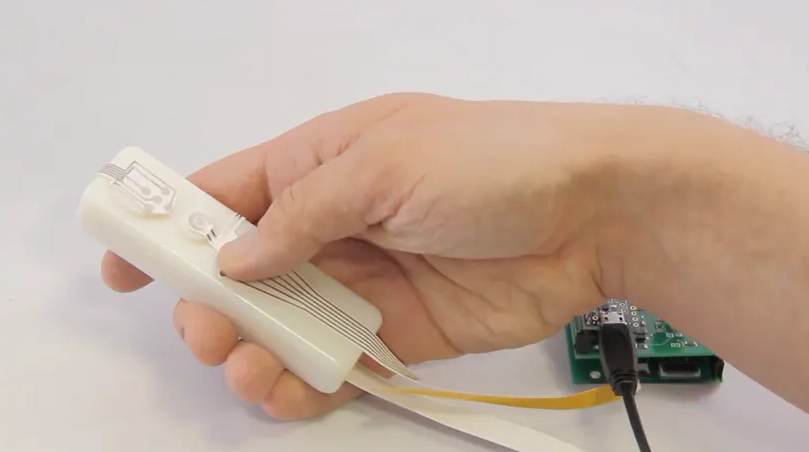A team of researchers from Saarland University and the University of Sydney have designed Tactlets, an approach that allows makers to easily add tactile feedback and control using printable inputs to everyday 3D objects.
The project—called Tactlets—introduces a new digital fabrication method of custom printing elecro-tactile elements using either conductive inkjet printed traces or FDM 3D printing using filament embedded with conductive material. The resulting tactlets can be arranged on everyday objects to form buttons, sliders, and other input systems providing a wide range of control. The touch sensing itself, which includes distinguishing between types of touches such as a hold, swipe, etc. is all programmed using a Teensy 3.2, making use of its built-in capacitive touch pins and touch sensing library.

The team highlights that tactlets could be extremely useful for product designers and engineers for rapid prototyping and user interface testing as they can easily be rearranged and quickly produced to test various designs for user interaction. For those who are curious to learn more about the project, the developers have posted a paper on the subject that includes the history of the project, its findings, and implications.